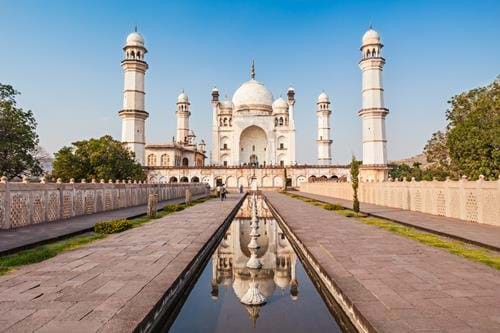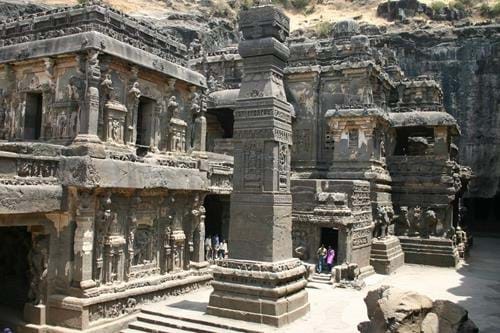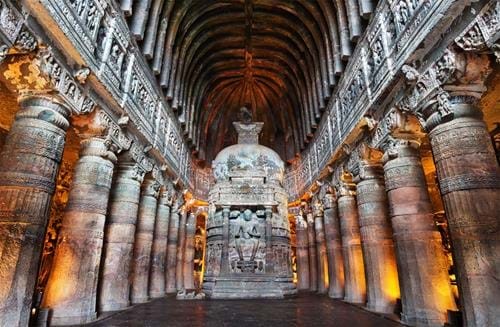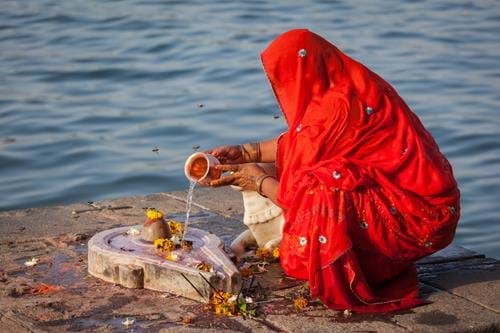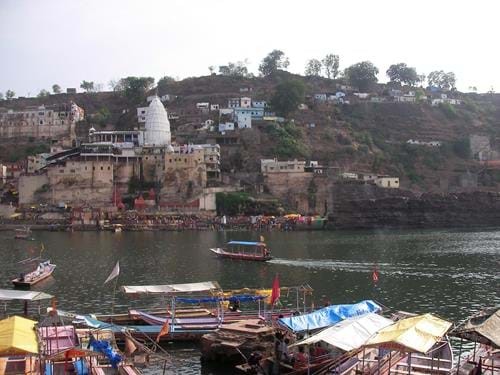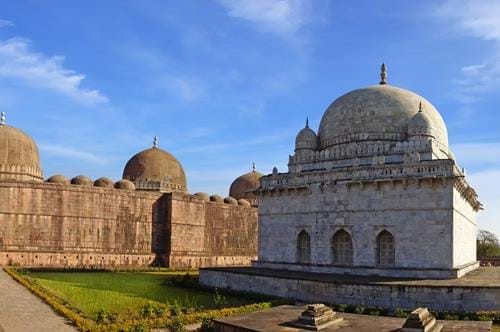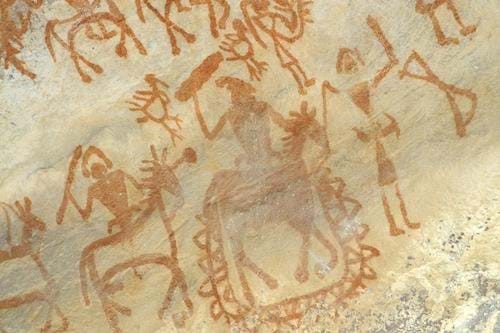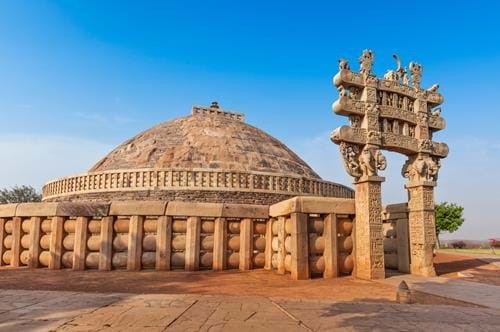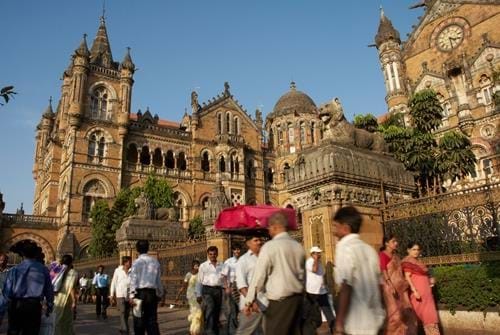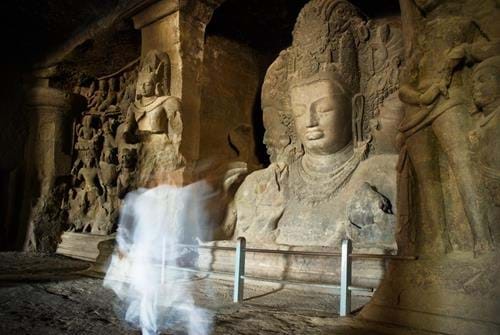Tailor-Made Tour
- Duration12 Days
- Flights IncludedYes
- Prices From £ 3640
 Places Visited :
Aurangabad, Ajanta & Ellora Caves, Maheshwar, Mandu, Indore, Bhopal, Sanchi, Mumbai
Places Visited :
Aurangabad, Ajanta & Ellora Caves, Maheshwar, Mandu, Indore, Bhopal, Sanchi, Mumbai
A brace of six UNESCO World Heritage sites features on this journey from Mumbai into the heart of central Deccan. The region is among the longest continually inhabited places in the world, with Buddhist monuments dating back 2,400 years and prehistoric cave paintings at Bhimketka, charting the very dawn of human settlement in Asia. Every day of the trip features at least one archaeological wonder, whether the ancient Ajanta murals, the awesome Ellora cave temples, or the medieval Mandu's Afghan tombs. You also get to stay in a functioning royal palace on the Narmada River, watch silk weavers at work in a 17th-century mansion, and experience the intensity of three Indian cities with great historical pedigrees: Mumbai, Indore and Bhopal.
Remember, this trip can be personalised to suit your travel needs - we can tailor everything from hotel, travel type, duration and more.

